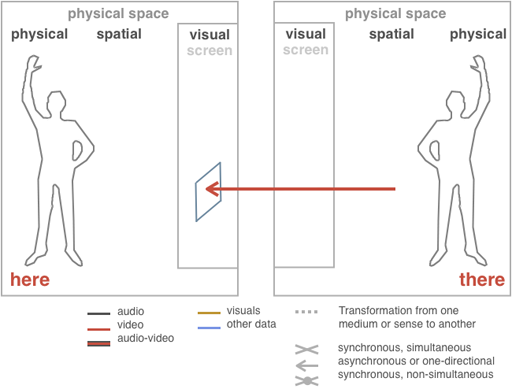Al Gore, "DSCOVR" or "Triana," 1998In 1998 then US Vice President Al Gore had the idea for a satellite that should send a life view of the whole planet earth to a dedicated television channel and the Internet to anyone, anytime (later expanded also to collect data regarding climate change on multiple channels). |
 As the satellite is positioned between the Sun and the Earth only the sunlit side is visible. Earth rotates underneath the camera so to speak. Clouds are missing in this simulated view generated with Starry Night Pro. |
||
|
"This new satellite, called Triana, will allow people around the globe to gaze at our planet as it travels in its orbit around the sun for the first time in history," Vice President Gore said. "With the next millennium just around the corner, developing this High Definition TV quality image of the full disk of the continuously lit Earth and making it available 24 hours a day on the Internet will awaken a new generation to the environment and educate millions of children around the globe. |
|||
Here, There: Transformation and Spatiality in "Triana"The one-directional live video stream of the sunlit face of the Earth is sent to televisions and computer screens all over the world. The resulting experience is one of contemplation and reflection, as it is passive in that there is no interface that allows viewers to actively interact with the video feed. Interaction could be created by including SMS tickers or other web-based convergent media channels such as Dave Troy's "Twittervision" or Brad Anderson's "global consciousness" or live radio feeds from all over the world. 
|
|||
Conclusion:As the satellite has never been installed at Lagrange-Point 1 its effects upon viewers are subject to speculation. From my own research results of analysing people's experience of live, remote data the effects of a ubiquitous live video of our planet would be very intense. The lack of interaction and engagement would possibly result in a very reflective and contemplative experience. |
|||
Ressources:1. Space Daily, March 18, 01998 http://www.spacedaily.com/news/gorecam-98a.html |
|||
Links:http://www.spacedaily.com/news/gorecam-98b.html |
|||
| last update: 9/27/02011 0:08 About Contact Disclaimer Glossary Index |
|||
